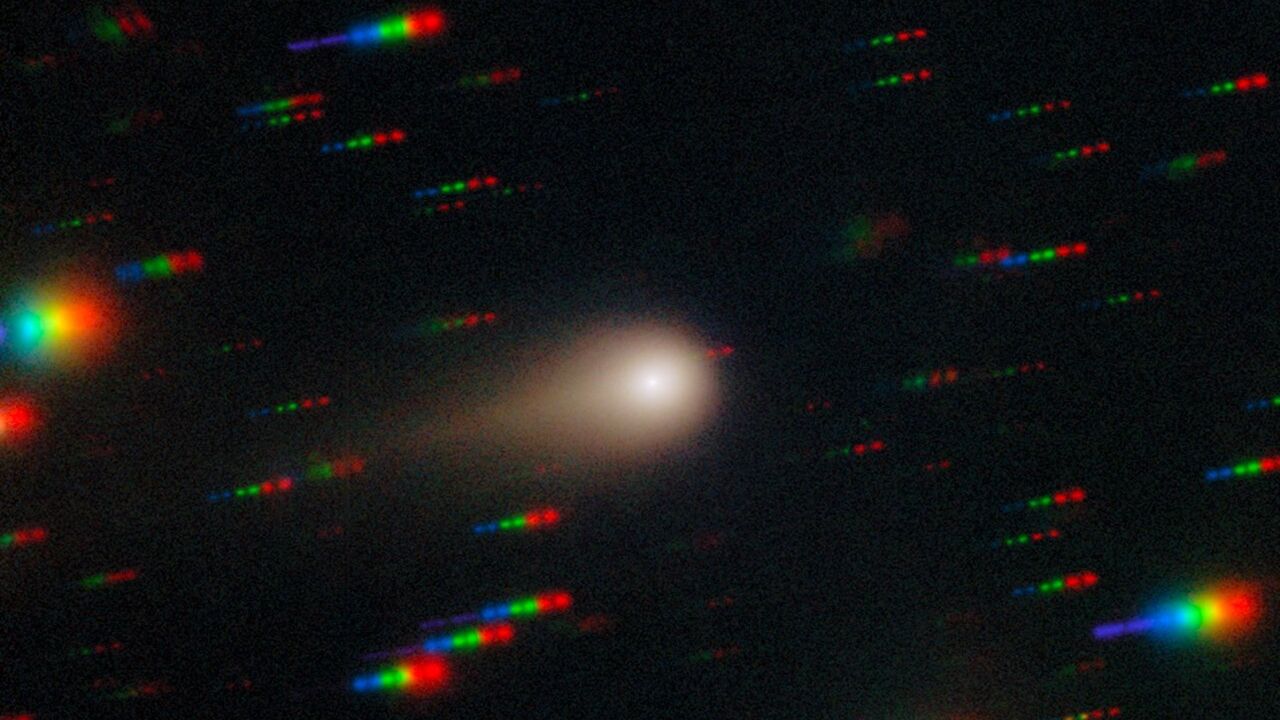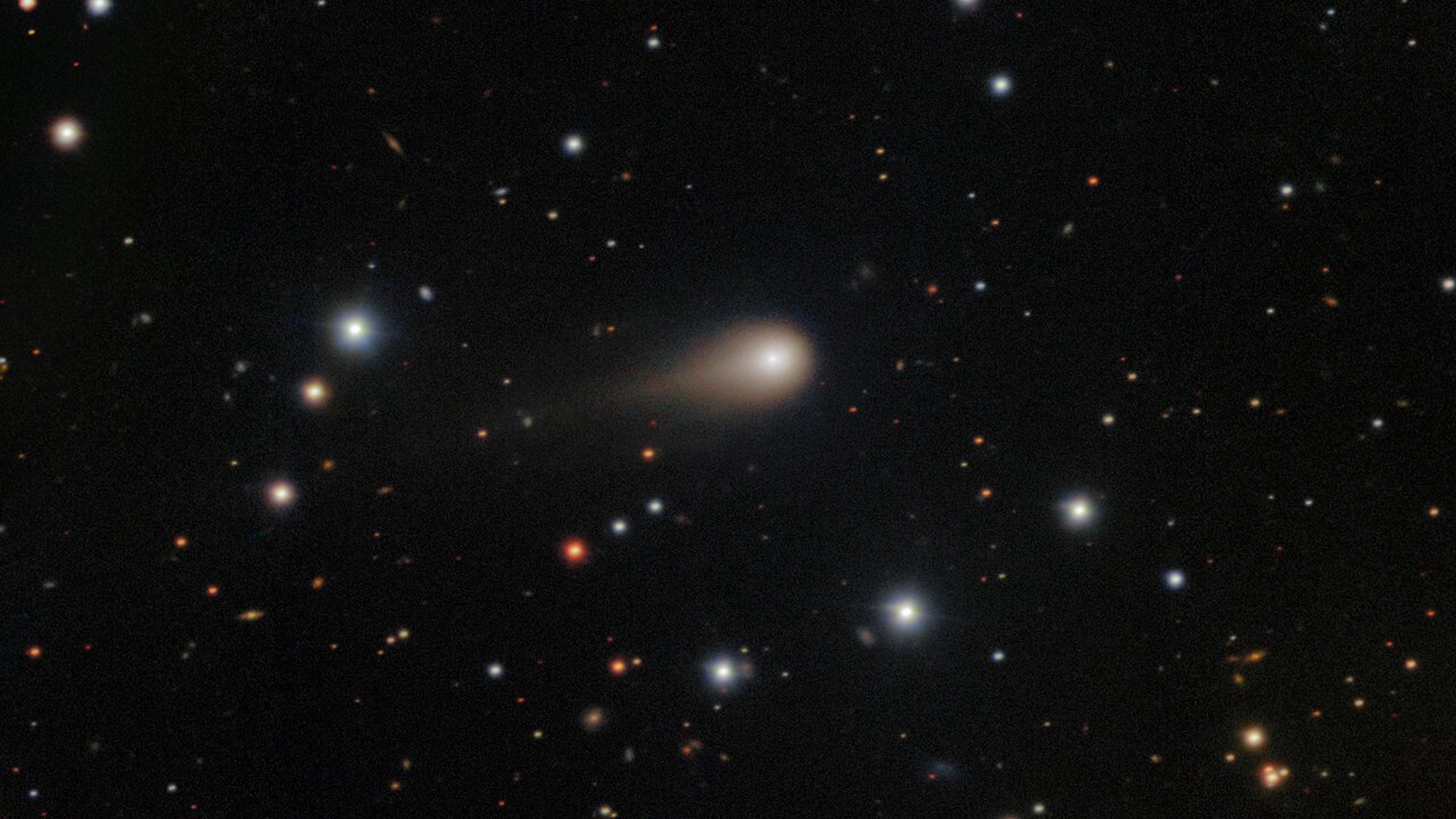
What it is: The interstellar comet 3I/ATLAS, growing a tail
Where it is: The inner solar system, barreling toward Mars
When it was shared: Sept. 4, 2025
Even as a brilliant, naked-eye comet slices through Earth's sky (cheers, Comet Lemmon!), the most famous object in the solar system right now is hidden on the far side of the sun: the interstellar comet 3I/ATLAS.
This alien visitor, which most astronomers believe to be a comet originating from an unknown star system far beyond our own, is only the third interstellar object ever detected in our solar system. It is the largest, fastest-moving, and quite likely the oldest interstellar object ever seen.
Though it was just confirmed by NASA in early July, the freewheeling ball of ice and dust is already nearing the halfway point on its tour of our solar system. This Wednesday (Oct. 29), 3I/ATLAS will reach perihelion — its closest point to the sun — before beginning its months-long departure from our cosmic neighborhood.

We'll miss our interstellar friend, but at least we'll always have the photos. The image above, captured Aug. 27 by the National Science Foundation-operated Gemini South telescope in Chile, may be the clearest image we have so far. As 3I/ATLAS zooms closer to the sun, radiation from our star heats the ice on the comet's body (its nucleus), causing geysers of gas and dust to shoot outward and form a glowing plume (a coma) around it. Radiation pressure from our star's unrelenting solar wind pushes this material into a long, prominent tail angled away from the sun.
As 3I/ATLAS reaches perihelion this week — coming within 1.4 astronomical units, or 130 million miles (210 million kilometers) of the sun, according to NASA — it may start releasing gas in overdrive. When the comet becomes visible to telescopes again in early November, it may look both bigger and brighter than how it appeared two months ago. Instruments on the ground, in orbit and even on their way to Jupiter will snap to attention, making 3I/ATLAS an even bigger space celebrity as it zooms away from our solar system forever.
Studying the interstellar comet with the full range of humankind's astronomical instruments could yield untold secrets about the outer reaches of our galaxy and its mysterious history. Until then, all we can do is wait, feel the warm sunlight on our faces, and know that a trove of cosmic information lurks just on the other side of our star.
For more sublime space images, check out our Space Photo of the Week archives.







